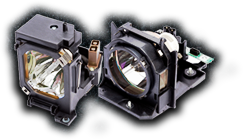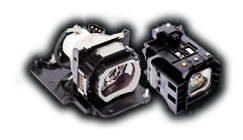Lightweight and economical, the Canon LV-X300ST, is an ideal projector for churches, schools and traveling sales professionals. Compact and weighing less than seven pounds, it is easy to carry and will take up very little room when stored away.

Its features include a 10W speaker which provides adequate sound when used in a conference room or classroom. However, if more volume is needed, simply attach the projector to an external sound system for enhanced sound quality.
It also includes a convenient HDMI input capability allowing it to work in conjunction with other media devices such as a computer or DVD player. With a little technical knowledge, it can also be connected to a network letting you control or monitor the projector via a LAN network.
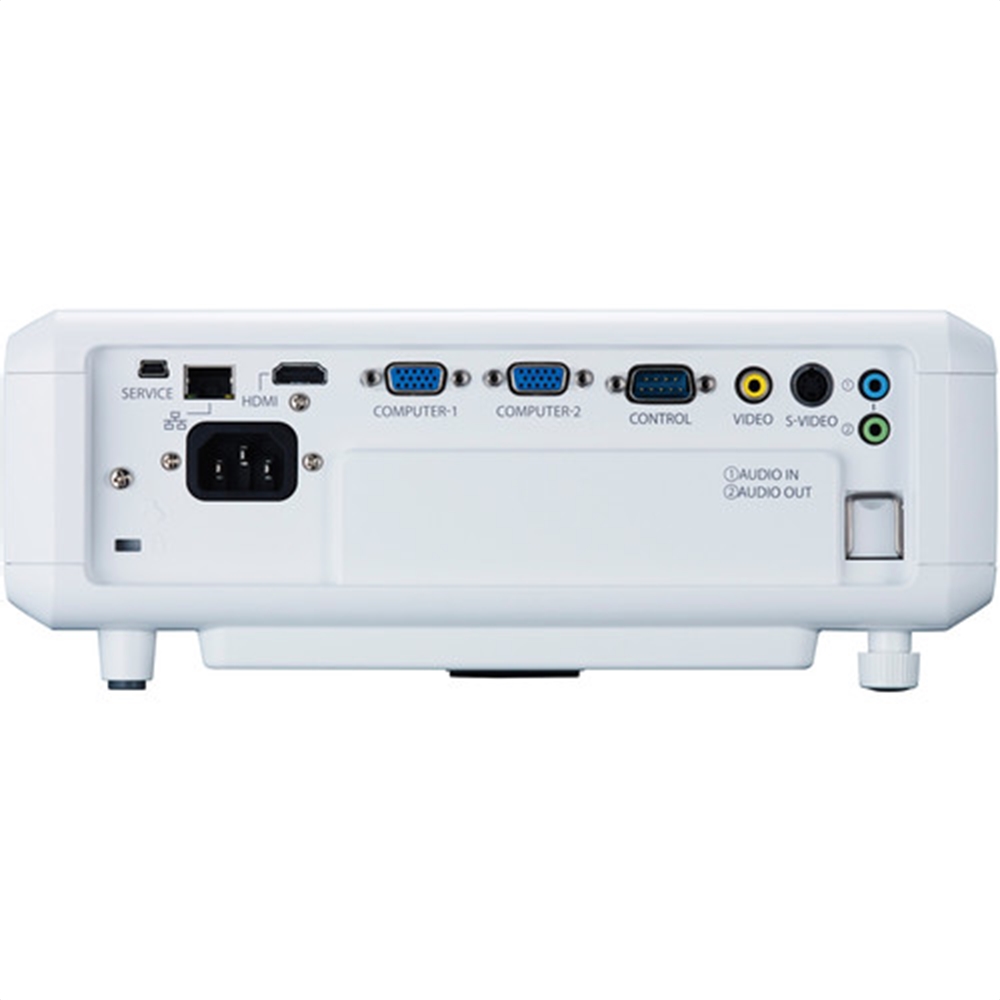
This portable projector is further equipped with a short throw lens ensuring quality imagery even when projected from a minimal distance while offering a throw ratio of 61:1, making it suitable for use with either a whiteboard or projector screen.
Requiring very little maintenance, this projector is a good choice for a novice user that has little experience working with projectors. It utilizes an extended lamp life which can last for as long as 6,000 hours and is extremely energy efficient.
Shop for replacement projector lamps on MyProjectorLamps.com. We offer an unbeatable selection, the most affordable prices, and fast shipping. If you’re looking for a Canon replacement lamp, we’ve got you covered!
Category Archives: Uncategorized
What’s the Best Short-Throw Projector for the Home Theater?
When it comes to buying a projector, a short-throw lens makes a lot of sense for home theater enthusiasts. Short-throw projectors are ideal for small spaces, like a game room or home theater, and their short throw ratios mean that they can be placed much closer to the screen than their long-throw siblings. But yet, only a few short-throw projectors are capable of displaying quality 1080p video.
So which ones are the best? There are a range of options, from the recently introduced native 4K ultra short-throw projectors, to more budget-friendly options. But the key is finding a short-throw projector that provides stunning image quality, image brightness and that will last you for years. Some of the super portable short-throw projectors aren’t designed to last or provide stunning images. Fortunately, there are some great options for your home theater that won’t break the bank.
BenQ W1085ST
BenQ is a leader when it comes to budget-friendly short-throw projectors, and last year they released the W1085ST. It was released last year to replace the ever-popular W1080ST – another great short-throw option for the home theater. For the price – ranging from about $850 to $1,000 – the W1085ST is a great piece of hardware for home theaters.
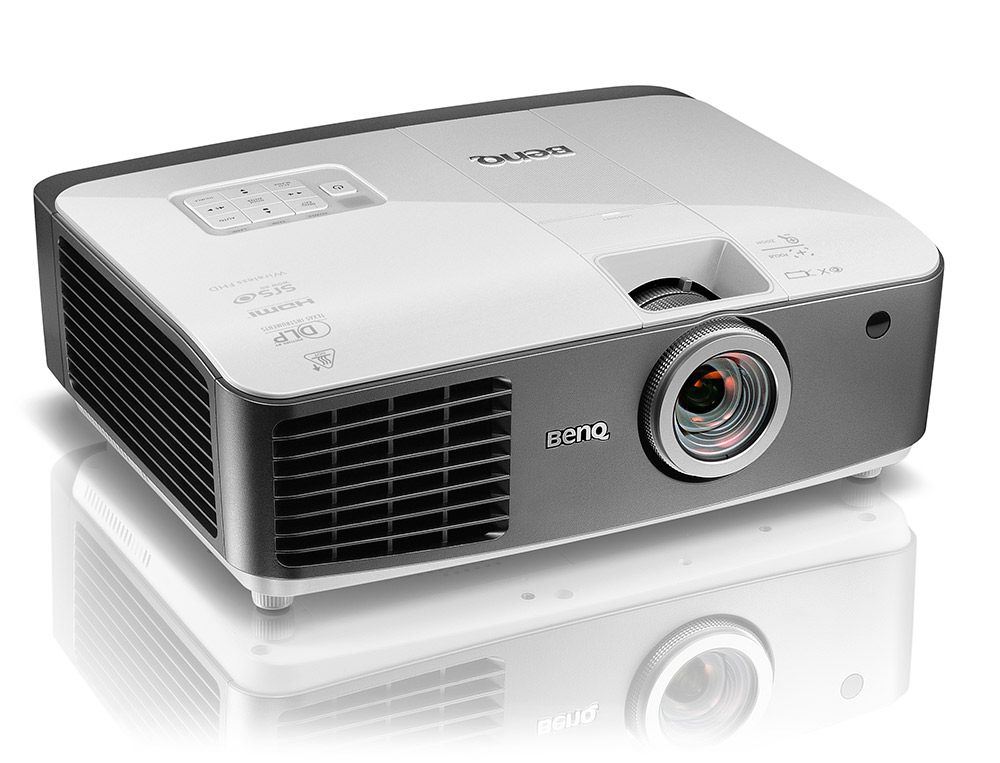
The 1085 has a brightness rating of 2,200 lumens, ideal for dark rooms or those with modest amounts of ambient light. Plus, it’s a native 1920x1080p and can cast a large screen, up to 300 inches. At just 1.5 meters from the screen, the 1085 creates a gargantuan 100-inch screen. Additional features like wireless connectivity, horizontal and vertical lens ship, 3D capabilities and an impressive color profile make this a wonderful option for home theaters – and at around $850 to $1,000, the price is right.
Optoma GT1080
Although it’s positioned as the projector for gamers, the Optoma GT1080 does double-duty as a home theater projector. In fact, it’s a more-than-capable home theater projector, competing brilliantly with other options in the price range. Plus, the price is nearly unbeatable, coming in at right around $750.
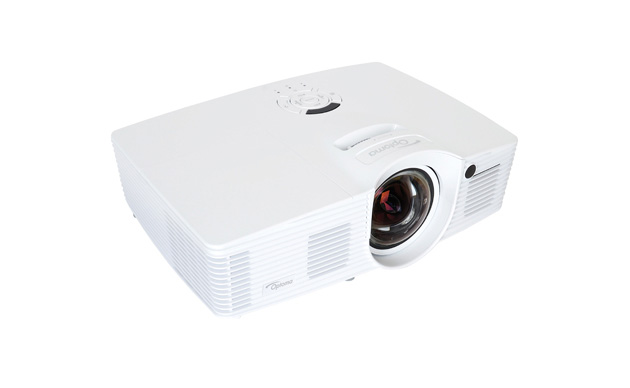
A few specs about the projector: This Optoma is fairly bright, rated at 2,800 lumens, and delivers impressive color quality with a 25,000:1 contrast ratio. The colors are saturated, and with video or gaming, rainbow artifacts are nearly non-existent. Additionally, the Optoma has a minimal lag, which makes this great for gaming. So is this really a home theater projector? For the most part yes. In Cinema mode, the 1080 works like a charm, and it provides Full HD 3D video. You won’t find many better options for the price; this is an ideal starter projector.
So which one is the best? It depends. If you’re not much of a gamer, opt for the BenQ 1085ST or the 1080. Both of these projectors provide impressive image quality, and they compete fiercely in the price range, even against long-throw projectors. On the other hand, if you’re a gamer – the clear winner is the Optoma 1080.
Projector Lamp Life: How Many Times Can You Watch Your Favorite Movies?
Your home theater projector relies on a very powerful bulb to project light onto the screen. Unfortunately, these bulbs are like any lamp; they’re only capable of projecting light for a certain amount of time before dimming and ultimately burning out.
With projectors, that means the bulb dims over time, and the number of hours a bulb can be in operation before only projecting half of its original brightness is known as projector lamp life. Many of the UHP projectors produced today have lamp lives of 4,000-5,000 hours, up from an average of about 2,000 hours in years past. For instance, if you own an Acer H6510BD projector, you can expect the lamp life to be 4000 hours.
But that number is hard to quantify. How many movies can you watch in 4,000 hours? We thought it would be interesting to show you just how long 4,000 hours can be. For instance, did you know you could watch The Godfather – a nearly 3-hour movie – 1,374 times on the average UHP projector? What about a crazy-long movie marathons? You could watch all four Pirates of the Caribbean movies 410 times back-to-back-to-back on the average projector.
What about some others? Here are how many times you could watch the highest-grossing movie franchises back-to-back on the average projector:
Harry Potter
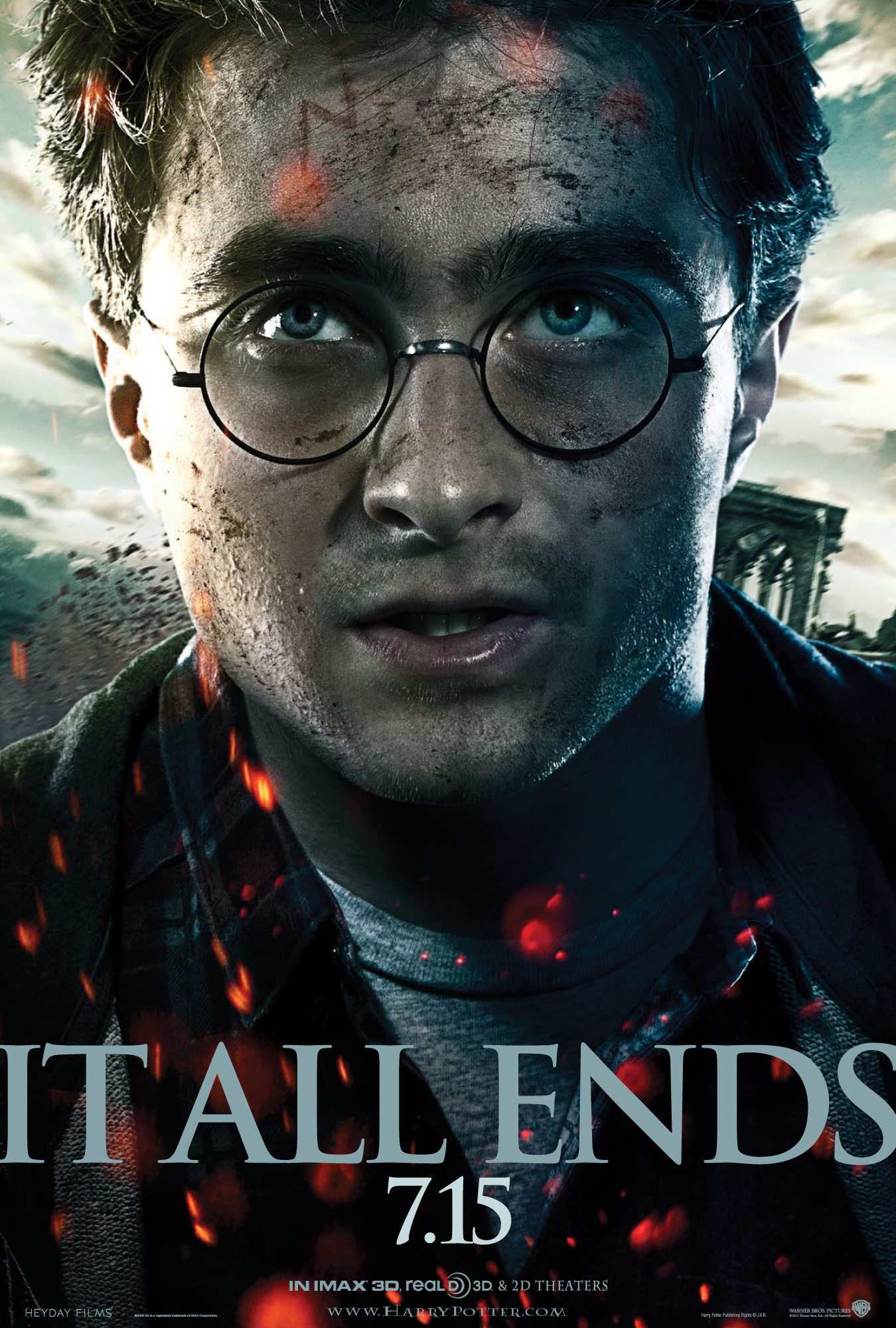
Everyone’s favorite wizard, Harry Potter, had a heyday at the box office, breaking just about every record imaginable. The 8 Potter films grossed roughly $7.7 billion, with the final film in the series raking in more than $1.1 billion. On the average projector, you could run the entire 1,173-minute loop 204 times.
Marvel Cinematic Universe
The Marvel franchise was launched in the early 2000s, but already, it’s become the second highest grossing franchise of all-time. The 10-film series includes fan favorites like Iron Man, Captain America and The Avengers, with each taking home about $715 million in ticket sales. On the average projector, you could watch the 20+ hours of Marvel movies 192 times.
James Bond
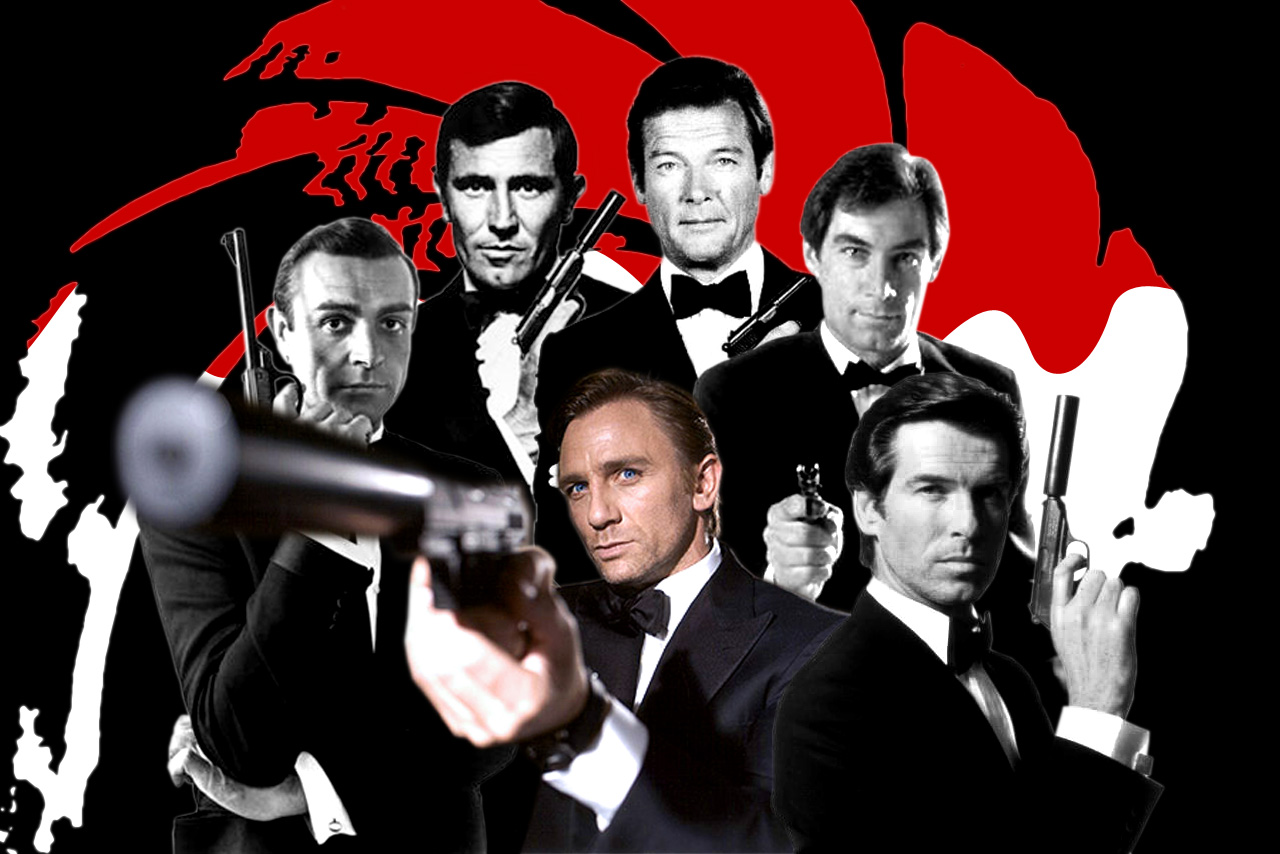
There isn’t a more storied movie franchise than the James Bond series. In total, there are 24 films spanning multiple decades and an array stars like Sean Connery, Roger Moore and now Daniel Craig. In its history, the Bond franchise has achieved $6.1 billion in ticket sales, with the latest Skyfall earning the most at $1.18 billion. All 24 movies total 2,896 minutes, just more than two full days. On the average projector, you could watch the loop 82 times.
Lord of the Rings
The entire Lord of the Rings series includes the original trilogy, The Hobbit trilogy, and the 1978 feature The Lord of the Rings. To date, the franchise has raked in $5.6 billion in ticket sales. Of course, Peter Jackson’s films aren’t short; the seven films played back-to-back run for 1,176 minutes, or about 3 hours per film. On the average projector, you could watch them all 204 times.
Star Wars
There’s seven films in the Star Wars franchise, including the original trilogy, the prequels and the animated feature The Clone Wars. That will change soon, with the highly anticipated return coming at the end of the year, Star Wars: The Force Awakens. In December, before the new films come out, you can prep with a 14.91-hour marathon. On the average projector, that would mean you could watch the franchise 268 times.
Spider-Man
The Spider-Man franchise has some super fans, and that has led to more than $3.9 billion in ticket sales in less than a decade. Overall, a back-to-back Spider-Man marathon would take 665 minutes, or a little more than 11 hours. On the average projector, you could watch all five movies once a day for nearly an entire year, or360 times.
Batman
From the Tim Burton films of the early 1990s to the recent Christopher Nolan reboot, the Batman franchise has been a powerhouse at the box office, and it’s a long been a fan favorite. The first film premiered in 1966. Today, there are 10 Batman films in total, ranging 1135 minutes, or about 19 hours. On the average projector, you could watch all five movies 211 times.
Film Review: Birdman
Birdman or (The Importance of the Virtue of Ignorance)
Michael Keaton was once a mega-star; he was Batman and Beetlejuice. And his face was everywhere in the early 1990s. But can you name his last starring role? Probably not. In fact, before Birdman, his first starring role in six years, you were more likely to ask “whatever happened to Michael Keaton?”
The parallels between Keaton and his Birdman character Riggan Thompson are uncanny. In this film review, we follow Keaton’s comeback and what makes this film a contender for the Oscar’s.
Riggan is an aged, quasi-retired Hollywood actor, who famously played a superhero, Birdman, years before. Sound familiar? Now, Riggan is at a pivotal point. Seeking to revive his career, he goes all-in, financing, directing and starring in a Broadway adaptation of a Raymond Carver short story. The backstage tension before opening night is thick; this is make-or-break time for Riggan. If the play fails, he will be financially and professionally ruined.
Unfortunately for Riggan, the play is on a fast-track to disaster. A cast member goes down days before the play is set to open for previews. His producer-lawyer, played by a surprisingly serious Zach Galifinakis, struggles to keep the production afloat financially. Thompson’s daughter Sam (Emma Stone), who’s just out of rehab, is fragile, emotionally unstable, and resents her once-absent father. And Riggan’s hilariously over-theatrical co-star Mike (Edward Norton) undermines Riggan’s direction at every turn. It’s a frenetic, desperate dash towards opening night and it’s darkly humorous to watch it unfold.
Not to mention, Riggan is continually ridiculed by the voice in the back of his head – the Birdman – who revels in bringing up the actor’s shortcomings. This Birdman-fueled subplot lays the groundwork for a disorienting character study of Riggan. As Birdman, Riggan is capable of telekinesis, levitation and flight, all imagined, we think. Either way, it’s safe to say Riggan is in the middle of an existential crisis.
Director Alejandro Gonzalez Inarritu’s films like Biutiful and Amores Perros have all explored the characters in crisis, and Birdman is a clever example. Inarritu masterfully uses the magical realism of Riggan-as-Birdman to disarm viewers and explore the themes of ego, obsession and longing for validation more thoroughly. It works in the film, and we’re left as unsure about Riggan as he appears to be about himself.
Where Birdman is truly inventive, though, is in its cinematic style. The entire film is a visual tour de force. It appears to be shot in one take, al la Alfred Hitchcock in Rope, with minimal cuts away. Director of photography Emmanuel Lubezki (Gravity) takes us backstage at the St. James Theatre in Times Square. His camera moves effortlessly through the backhalls and wings of the historic theater, into costume closets, dressing rooms and hallways, quickly following the action. It’s easy for viewers to get lost in that chaotic backstage energy of the last few rehearsals. Lubezki’s cinematography is the main reason the film flows so seamlessly – especially alongside Antonio Sanchez’ free-flowing jazz percussion score. It pulls you in, and you don’t want to look away.
It’s no surprise the experts at GoldDerby have made Lubezki a shoe-in for Best Cinematography at the Oscars. And while it may appear to be slotted into the genre of drama, this film should definitely be watched on the big screen. Or the next best thing; your home theater consisting of a projector with a considerable screen size to really feel the effect of the one shot take. I watched it on a Panasonic PT-DW6300 home theater projector in a screening room.
But Birdman doesn’t rely on the visual effects. It is a bold, inventive film that impresses with its how-did-they-do-that cinematography. And it’s an intellectual film too; you’ll have plenty of questions. Is it a satire of show business? A story about how our egos can drive us to the brink? Or maybe it’s simpler than that. Maybe Birdman is just an interesting dark comedy? Either way, this is a movie that will leave you thinking long after you see it.
6 Insanely Spectacular Lighted Projector Displays
The power of projector technology today is truly amazing. You’ll notice it every time you visit an I-MAX theater and catch a 3-D movie. But projectors aren’t just being used on the big screen and in home theaters and gaming rooms. In fact, projectors are now used in almost every industry to wow us visually. From 3-D billboards, to impressive lighting displays at Nine Inch Nails concerts, there’s no limit to images projectors can produce.
All of us at MyProjectorLamps team are obsessed with projector technology, and we’re always on the lookout for new examples of how far projector displays have come. These are a few of my favorites that are pushing the boundaries.
It was a challenge to pick just a few though. First, there are just so many to choose from, and they just keep getting better. These aren’t cheesy Laser Dome, 1970s displays of yesteryear. They’re 3-D, HD and larger than life. Plus, the medium is so subjective; projectors are being used to create masterful works of art with light and artists are using them in impressive ways. Everyone’s tastes are different. Here are 6 that I found particularly impressive:
-
Tupac’s Hologram at the 2012 Coachella Music Festival
When Tupac’s hologram was used on-stage at the 2012 Coachella Fest, it made headlines – everyone thought the future was here. But you might not know that the effect has been in use since the 1860s. Really. A similar analog effect was developed in 1862 called Pepper’s ghost.
Instead of using projectors, the technique requires precisely angled mirrors and two similar, adjacent rooms. One room is empty, while the other contains the “ghosts.” People who walk into the empty room can’t see the mirrors or the other room, and then, when ghosts enter the mirrored room, they’re projected into the empty room.
Today, with 3-D holograms, a similar effect is used that employs digital projectors. For instance, with Tupac’s hologram, an image was projected from above the stage. The image hit a mirrored surface on the floor of the stage, which reflected the image onto a transparent screen angled toward the audience. The screen isn’t visible to the audience, and thus, an animated 3-D picture appears to be there in the flesh. Although this wasn’t the first time a 3-D hologram was used in a live performance – Disney World has been using Pepper’s ghost for years – it was the most buzzworthy. Now, we’re seeing this more and more; for example, Michael Jackson made an “appearance” at the 2014 Billboard Music Award and holograms.
-
“Pixel” from French Dance Company Adrien M / Claire B
This is the ultimate merging of light and dance; in fact, light becomes a prop throughout the performance as it’s displayed on stage. The Adrien M / Claire B dancers are completely immersed in thousands of pixels, and the light moves fluidly with the dancers’ movements. It’s truly other-worldly, and a perfect example of just how far light projection has come.
One particularly impressive effect: The dancers have to wade through a rainstorm of rain drops of light that run down an opened umbrella. You have to see it for yourself to believe it.
Pixel
-
A Glass-Shattering Display on the Nine Inch Nails Tour
Nine Inch Nails concerts have always pushed the lighting design envelop. But on the Live: With Teeth tour, the electronic band took it to another level. The band used DLP projectors to project images onto a screen at the front of the stage.
Before the show, images like static TV pictures would play, evolving into what appeared to be a pure glass sheet in front of the stage. Then, lead singer Trent Reznor would hoist his guitar and shatter the screen, and the digital “glass shards” would fall upwards as the screen was pulled upwards. The effect can be seen in the documentary Beside You In Time.
-
3-D Projection Mapping at H&M Amsterdam
3-D projection mapping has been used for a while now to turn buildings and other oddly shaped objects into projection screens. One of the first times the technology was used for entertainment was at Disney World’s Haunted Mansion in 1969. The technology enables nearly anything to become a screen including bridges, human faces and sculptures. Recently, though, the power of 3-D projection mapping has taken on a life of its own.
This example from 2010 H&M Amsterdam launch is particularly impressive, because the light show blends so well with the building’s historic Renaissance architecture. Plus, the roughly 3-minute display includes some very cool effects, like making it appear an entire wall is falling off onto the street below.
-
ACDC vs Iron Man at the Rochester Castle
Here’s another 3-D mapping project. This one features an AC/DC song and video projected onto the front of Rochester Castle in England. There are many reasons this one’s so impressive. First, the display uses the age-old architecture of the castle brilliantly and incorporates a realistic-looking animated stone façade. It really appears to be a part of the castle. Plus, the video incorporates live AC/DC performance footage that’s crystal clear even though it’s more than 5-stories tall.
-
Los Angeles Philharmonic’s Light/Music Blending
The current season of the Los Angeles Philharmonic features a first-time lighting display that’s powerful. The new in/SIGHT series from the orchestra features a light display designed to enhance the Walt Disney Concert Hall’s architecture, as well as enhance the musical performance. It’s an exciting digital update to the traditional orchestra performance experience, and highlights a new form of producing classical music.
How to Install a Projector Lamp
Installing a projector lamp is very easy. Watch this video to learn how simple it truly can be to install your projector lamp without the help of a technician. Changing the projector lamp by yourself will save money, time, and extend the life of your projector. For all your projector lamp needs, be sure to visit www.myprojectorlamps.com for the BEST prices found online.
TRANSCRIPT:
My name is Manny and I am a technician at MyProjectorLamps.com
Today I am going to show YOU How to Install and Change a Projector Lamp.
The only tool you will need is a Phillips Head Screw driver. You do not require any special gloves or electrical tools.
Are you ready? I am! Let’s get started!
Make sure the projector is powered down and unplugged from electricity. For safety, be sure to wait at least 20-30 minutes to give the projector time to cool down. Those buggers get hot – we don’t want anyone burning themselves. Do you know where the lamp is in your projector? It’s easy! Simply look for the panel, often found on the bottom or top of the projector.
First you want to remove this screw. The lamp is going to be held in place with two anchoring screws. You’re going to have to loosen those too, to remove the lamp.
The lamp might be snug as a bug in the projector. Good thing I brought some muscle with me to get the job done. Don’t be scared to use some bicep power to pull the lamp out.
Look inside the projector. There might be dust. If you see dust, you can do one of two things:
- Use compressed air
- Use a cloth to remove the dust
(uses cloth to wipe face, and also inside the projector)
Inspect the new lamp and ensure there is no damage. Don’t be afraid to hold and touch the lamp on the housing or plastics parts. Do not touch the glass surface.
(camera zooms in on lamp only, showing Manny’s fingers on the outside of the module)
The new lamp will “plug in-to” the projector. Line up the plugs and the grooves.
Push the lamp into the projector until you hear this noise. This noise. This noise.
Still got your screw driver handy? Use it to tighten the anchoring screws. Here’s a tip! Don’t tighten the screws too tightly as this could break or damage the housing.
Get the panel and screw the lid shut. You must do this before turning on the projector. Some projectors will not turn on until the panel of the projector is closed shut.
Have any of that compressed air left? Take one last chance to wipe away any dust collected on the surface of the projector.
(sprays the compressed air over the surface of the projector)
And Voila! You’re finished!!
For more tips, videos, and the best prices of projector lamps online, be sure to visit MyProjectorLamps.com for all of your lamp needs.
Thank you for watching!
